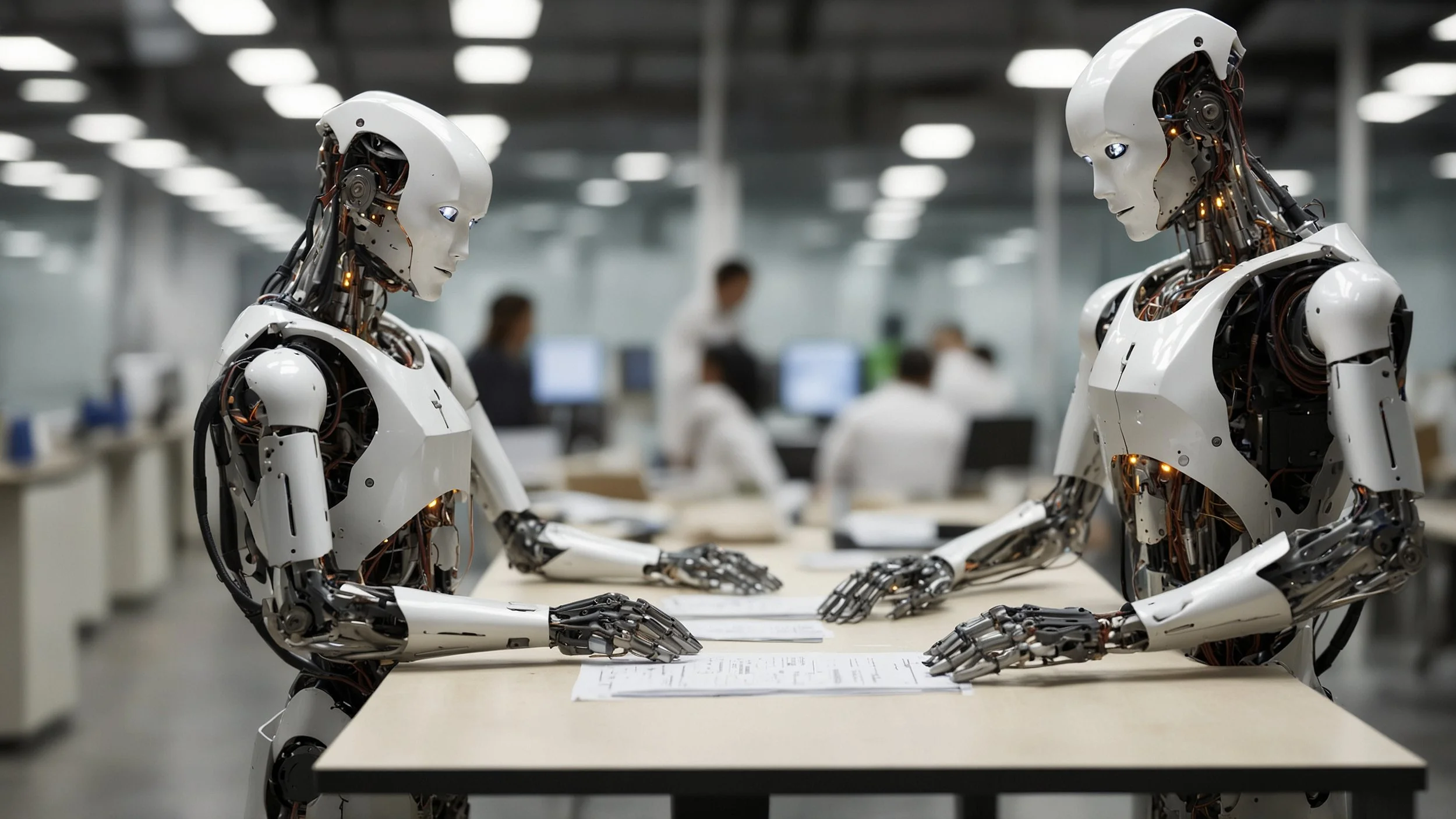The Future of Enterprise Automation: Towards Unprecedented Efficiency
IntroductionAs companies evolve in an ever-changing digital landscape, the quest for optimal operational efficiency has become an unquestionable priority. Hyper-automation has emerged as an indispensable tactic, providing an innovative response that transcends conventional automation focused on individual activities. This trend, by coordinating entire workflows, enables organizations to operate with an agility, intelligence and efficiency never seen before.
The Widespread Adoption of Hyperautomation
In today's fast-paced digital environment, hyper-automation is no longer a futuristic idea, but an essential tactic implemented by entities that aspire to remain competitive. This methodology, driven by the growing need for operational efficiency and cost reduction, makes it easier for companies to automate repetitive, rule-based tasks, while empowering human decision making through artificial intelligence. This results in faster response times, fewer failures and a noticeable advance in service delivery.
Real World Applications in Key Sectors
The implementation of hyper-automation has proved essential in several areas, especially in the financial and healthcare sectors.
In the banking sector, bots powered by artificial intelligence play a crucial role.
These bots handle customer inquiries, providing fast and accurate answers.
They also handle credit requests, expediting the approval and disbursement process.
Technology makes it possible to detect fraudulent transactions in real time, increasing financial security.
In healthcare, automation improves efficiency.
Accelerates patient reception, reducing waiting times.
Facilitates medical billing, reducing the administrative burden.
Contributes to faster diagnostic processes, allowing professionals to focus on the patient.
In manufacturing, 'digital twins' are used .
These allow the use of predictive analytics to optimize production lines.
Technology helps to reduce downtime, increasing productivity.
The Role of Data and the Democratization of Automation
Hyper-automation is transforming the way organizations manage and optimize their processes through the use of advanced technologies.
Artificial Intelligence and Machine Learning: These key components enable organizations to obtain actionable information, i.e. valuable insights from the vast amount of data available.
Natural Language Processing (NLP) and Computer Vision: These advanced technologies allow handling unstructured data, including elements such as e-mails, images and voice recordings, broadening horizons in automation.
Democratizing Automation: Low-code and no-code tools make it easy to create and deploy automated processes even for those without technical skills, enabling broader participation in digital transformation.
Increased Organizational Efficiency: By implementing these technologies, companies can make decisions based on solid foundations, thus improving their competitiveness and effectiveness in the marketplace.
Managing Information from Multiple Sources: With the increasing amount of data, organizations use these systems to efficiently integrate and manage information from multiple points of origin.
Together, these elements are driving an era of advanced automation, giving companies the ability to address complex challenges with innovative and effective solutions.
Hyper-automation is transforming the way companies operate in today's digital environment. By incorporating diverse technologies into a unified tactic, entities not only increase efficiency, but also enhance user experience and promote innovation. Faced with this situation, business leaders must take a proactive and strategic approach to hyper-automation to flourish in the digital age. This transformation not only enhances current functionality, but anticipates a future in which organizations can achieve an unprecedented level of efficiency and innovation.






